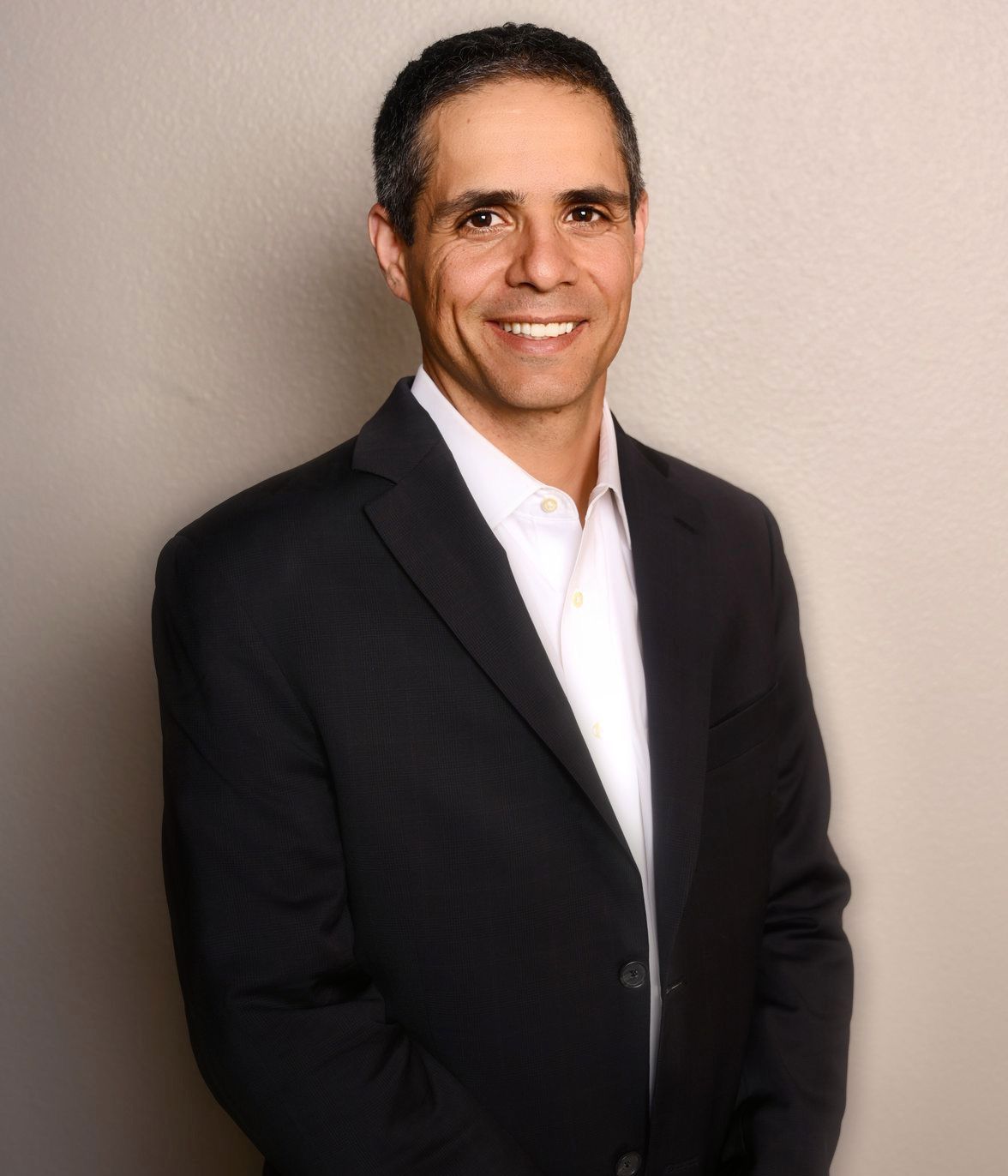May 14, 2019
Less Than 1%

If you walked the floor of the exhibit hall at the AAOS meeting earlier this month, you probably forgot that there is a fiscal crisis in US Healthcare right now.
Booths have morphed into elaborate two-story displays with footprints that measure thousands of square feet. One of the big vendors even has music pumping and refreshments being served on the second floor of their booth. It’s a party and there’s no two ways about it. There might as well be a velvet rope blocking the entrance with bouncers holding clipboards. Patients are having trouble with astronomical medical bills and there’s a lavish party being thrown by a medical device manufacturer celebrating it. If that’s where it ended, we could all agree that the worst of it is tacky and distasteful. Sadly, it’s the proverbial tip of a titanic iceberg.
So just how deep does this iceberg go into the murky waters of life science’s marketing spend? Check out CMS’ “open payments” website. Medical device and pharmaceutical companies are required to divulge payments they make to doctors and why, per the Sunshine Act of 2013. The CMS website collates the data submitted by vendors. In orthopaedics, the numbers will have you reaching for a drink at said vendor’s booth. Looking at four of the biggest companies in the orthopaedic implant space, the total is just under 300 million dollars for 2017. This is separate from research payments. One of the categories is education that’s not affiliated with research. Given the state of things, it’s only appropriate to juxtapose the consulting payouts:
TotalEducationConsultingVendor 1 $68,817,634$81,215$19,912,973Vendor 2 $40,612,799 $1,983,241$9,317,991Vendor 3 $109,989,749$553,520$12,099,597Vendor 4 $70,838,110$161$9,111,946 Total$290,258,293$2,618,138$50,442,508
Education is coming in at less than 1% of the general payments spend, while consulting constitutes over 17%. If these numbers were swapped, there’s no doubt US Healthcare would be better off for it. If Vendor 1, as an example, spent almost twenty million dollars on “tips and tricks” labs for surgeons, OR time could be shaved down and outcomes, in general, could improve. To gain some perspective on the total spend, $290 million would cover the operative and lifetime costs associated with hip fractures for 4,500 people a year.
It’s a lot of food for thought, but you’ve probably lost your appetite at this point in the blog. The Sunshine Act is a step in the right direction, but there’s a lot more walking required. It’s not enough to demand that potentially conflicting payments from vendors to doctors must be made public record. Perhaps regulation that caps consulting spend would help. The bottom line is that if several hundred million dollars were spent on just education, we’d all be better off for it.
